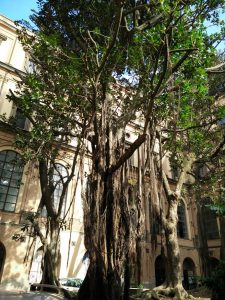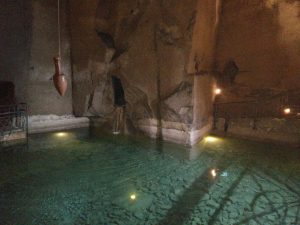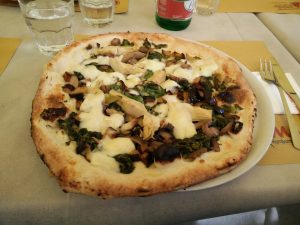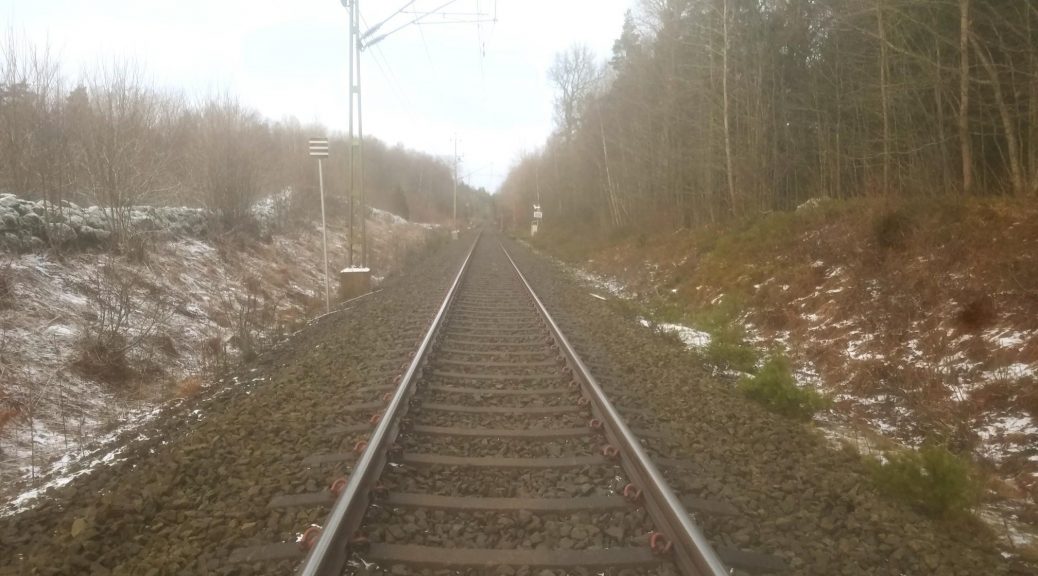
Pizza and Immigration
‘It is a privilege to be a resident of Sweden where people are respected regardless of religion, belief, colour, appearance and nationality,’
The idea for this post came from pizza. I love pizza and I guess residents of Sweden do to! It seems that on most corners you will find a pizzeria with a family name on the sign. I have tried about 4 places in Jonkoping and Tenhult. The style of pizza is definitely different from Chicago pizza. Your order is almost always a full thin-crust pizza and is not meant to be shared. Also, every pizzeria has about 30 combinations where some are radically different from anything I have ever seen before. I tried a pizza once that had marinara, bananas (common topping), pineapple, paprika and roasted peanuts… I was the only one who liked it.
I looked up and noticed who was serving me this delicious compilation and not once was it a native-born Swede. One pizzeria owner was interested in my English and we had a conversation about our origins (while he recommended the kebab pizza, kebab being one of the most common foods in restaurants). He told me how he migrated from Iraq to Sweden 27 years ago and opened his pizzeria doors 21 years ago.
Angelo: Do you like living in Sweden?
The owner: No, I miss home too much (long pause). You know, it is the motherland. How could I want to be elsewhere?
And if you read my last blog post, you would know why inside I was like “aww man why does everyone have to go breaking my heart?”
A lot of pizzerias are owned by immigrants mostly form Syria, Iran, Afghanistan, Chilean and Iraq. They immigrated their “motherlands” in times of political turmoil. Many Chileans came during the dictatorship of Augusto Pinochet during the period 1973-1990. The Iran-Iraq war brought many from both countries avoiding a war they did not believe in. They were able to do so according to the Geneva Convention which granted many residence permits to Sweden.
‘I am proud to be part of a country that gives shelter to those in need.’
Sweden also became an asylum for many Syrians during the war zone that is occurring in Syria. Sweden has granted permanent residence permits to all Syrians and led to Syrians being the largest immigrant group in Sweden. Every fourth immigrant is from Syria.
The current situation is that every sixth person was not born in Sweden. Sweden has become an asylum for the right reasons. It is amazing to be able to see the diversity everywhere I look. It is not a new sight for me considering Loyola is similar with diversity, but still beautiful to understand.
The task for Sweden now is integrating refugees into all aspects of Swedish society. From the testimonies of refugees, it looks like all Swedes are excitedly willing to accept the challenge.
Thanks for reading and HEJDA (GOODBYE)!
Angelo
quotes came from this website:
https://sweden.se/migration/#2013
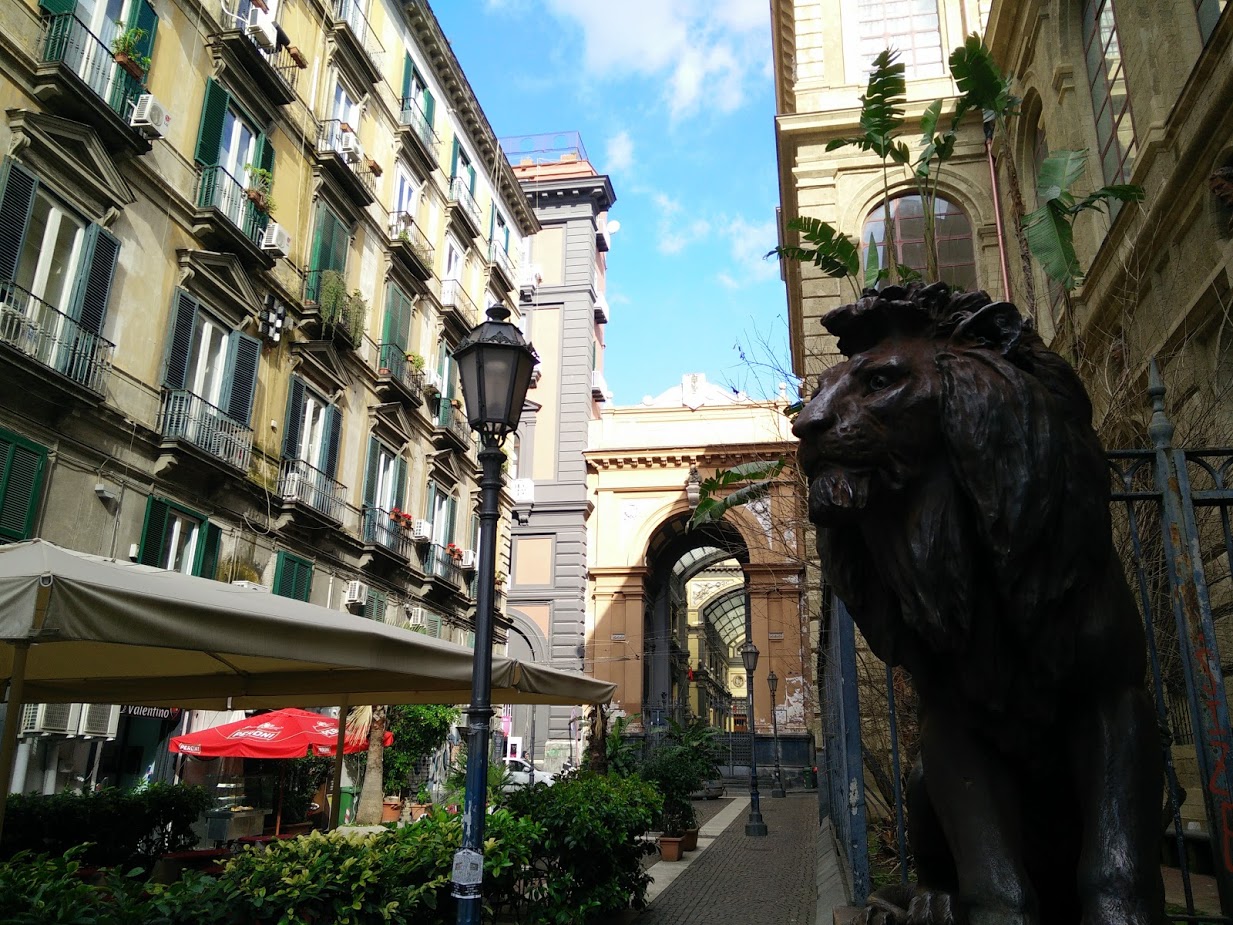 The Courtyard of La Accademia What the ancient aqueducts had looked like
The Courtyard of La Accademia What the ancient aqueducts had looked like